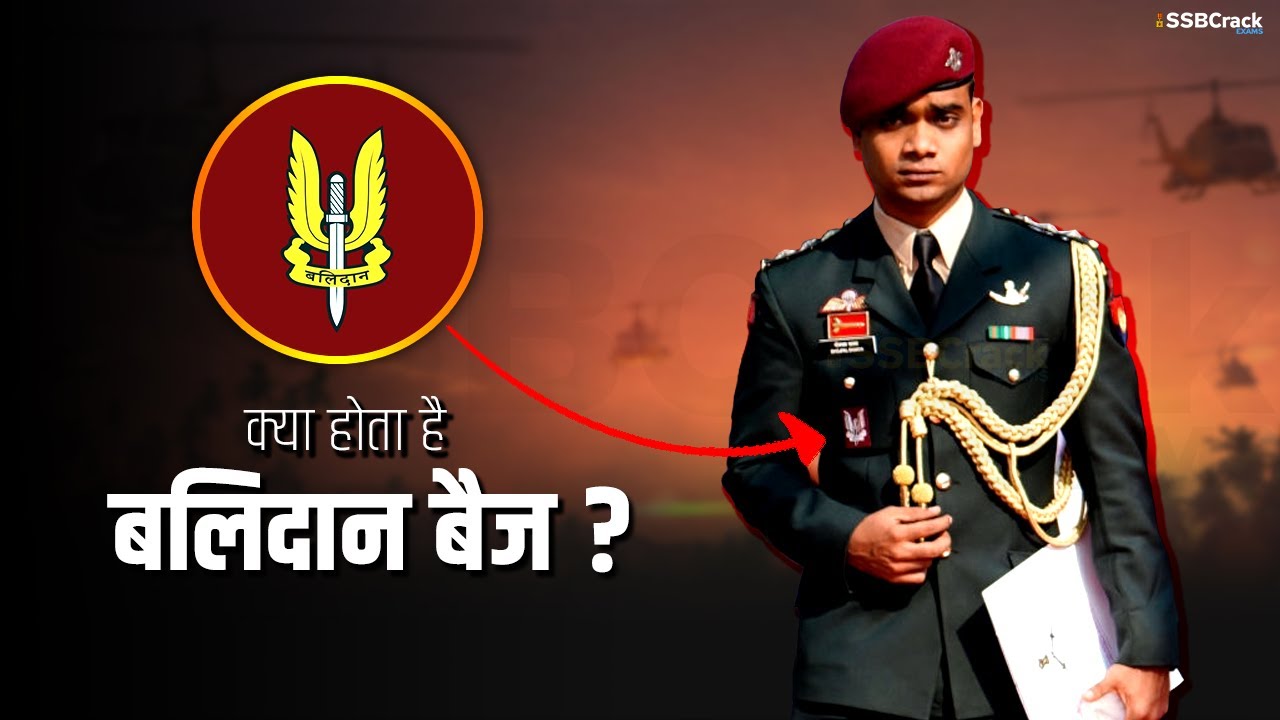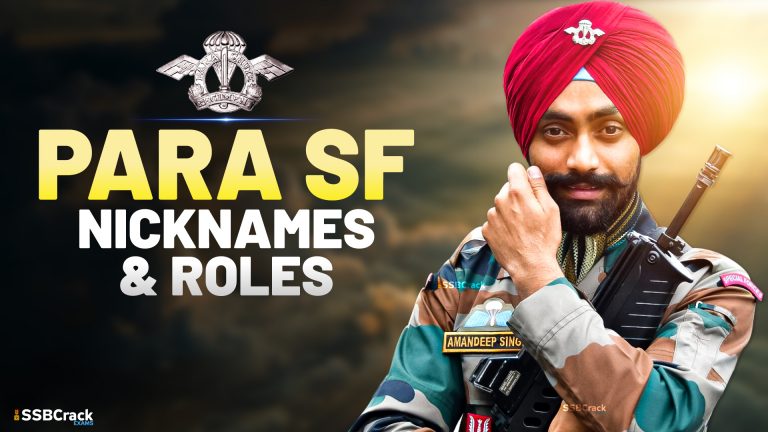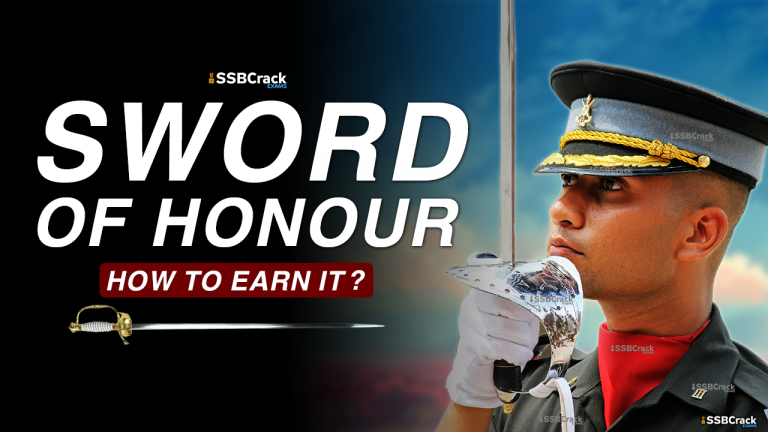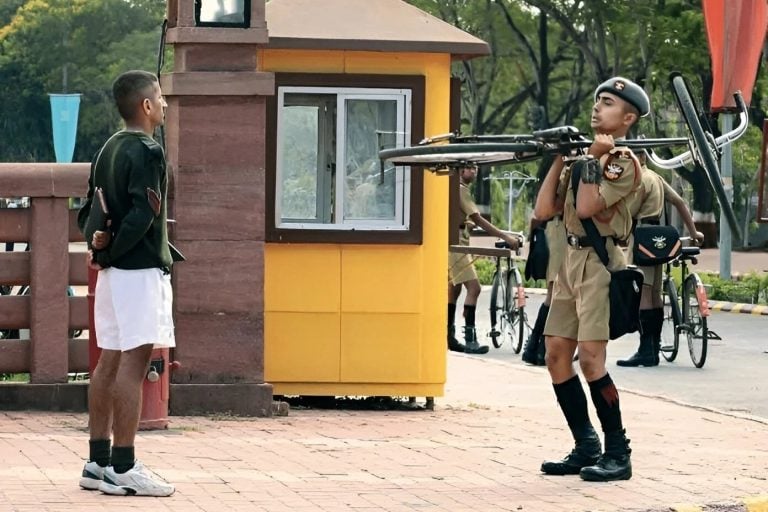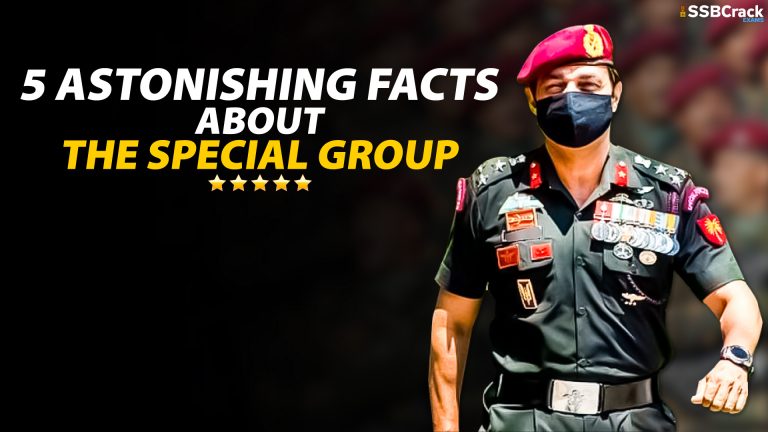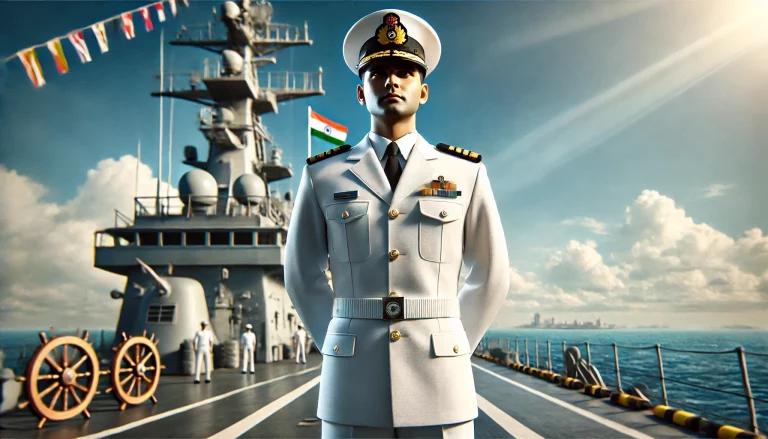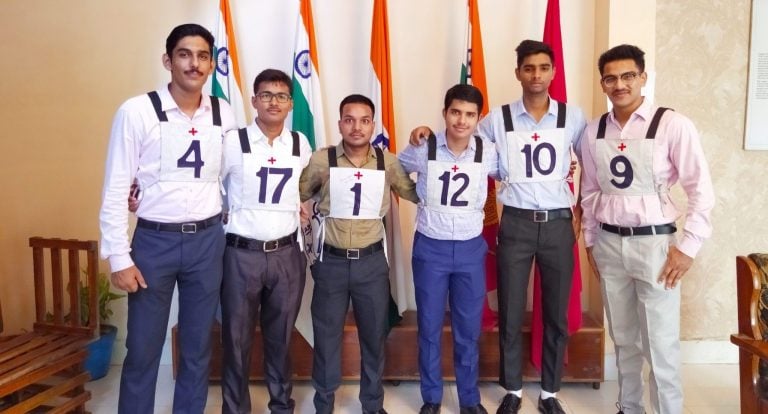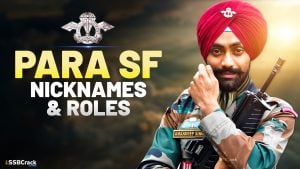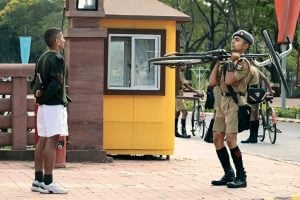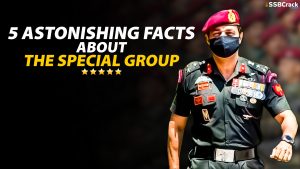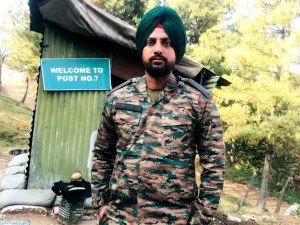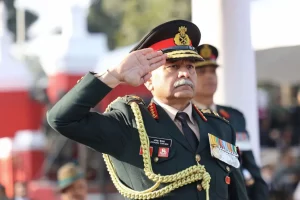Para Commandos are a Special Forces unit of the Indian Army mandated with missions such as special operations. They are tasked with special operations including counter-terrorism, special reconnaissance, personnel recovery, hostage rescue, etc. Being a Para Commando is the best thing that can happen to an Army soldier. They are not just soldiers but rather they are the “Soldier’s Soldier”.
Parachute Regiment and Parachute Regiment Special Forces hold a distinct place in the hearts of defence aspirants. A Para SF Soldier can be identified by his uniform as it consists of Maroon Beret, has shoulder title (PARA) and Balidaan badge. The maroon beret and the Balidaan Badge speak volume about who you are and what you are capable of. You really have to be the best to earn it. Let’s have a look at some unique things that you should know about Balidaan badge and Para SF.
1. It is the regimental dagger insignia of the Indian Para Special Forces. The insignia has a commando dagger pointing downwards and has upward-extending wings – which extends from the blade. There is a scroll superimposed on the blade with “Balidaan” inscribed in Devanagari. The whole insignia is in silver metal on an upright red plastic rectangle, meant exclusively for the Para Commandos.
2. All Indian paratroopers are volunteers. Some enter the Para regiments fresh from recruitment, while others transfer in from regular army units. They are put through a probationary period or a selection process of three months for Paratroopers Battalions and they are 5, 6 and 7 and six months for Para Special Forces battalions and they are called as 1 PARA, 2 PARA, 3 PARA, 4 PARA, 9 PARA, 10 PARA, 11 PARA, 12 PARA, and 21 PARA.
3. In order to be a Para Special Forces commando, Jawan candidates are first required to qualify as Paratroopers; once selected the candidates may choose to advance to the SF selection, which takes place twice a year in the spring and the autumn term. For officers, the selection happens through the same process but they have to opt for Para during the choice of arms in the last phase of their academy training or during the initial years of their service.
4. It is one of the longest and toughest training regimens in the world where the applicant is exposed to sleep deprivation, humiliation, exhaustion, and mental and physical torture. The attrition rate is very high, and the selection rarely exceeds 10 per cent.
5. The “Balidaan” Badge is only for SF badged members. This includes doctors posted in the unit and has completed probation and service requirements. It is also awarded for the first confirmed kill. This is the most coveted badge in the Indian army. Only Special Forces battalions of Parachute regiment are allowed to wear it.
6. Even though a candidate may have cleared selection, he is not formally inducted into the regiment until completion of the “Balidaan Path” where, after training, a candidate is involved in active operations in a hostile zone for a year. Provided the candidate survives the “Balidaan Path”, he is given the Balidaan badge and formally inducted into the regiment.
Let’s talk about training to get “Balidaan Badge”.
7. The initial training to become a Special Forces operator is 3.5 years, the longest anywhere, but the training is also a continuous process. In the Special Forces, the members have imparted both basic and advanced training. They are taught specialised modes of infiltration and exfiltration, either by air (combat freefall) or sea (combat diving). Some trainees return to PTS to undergo the free-fall course, which requires at least 50 jumps from altitudes up to 33,500 feet (10,200 metres) to pass.
8. Both High Altitude Low Opening (HALO) and High Altitude High Opening (HAHO) techniques are learned. The ability to use the HAHO method and specially designed manoeuvrable parachutes called HAPPS (High Altitude Parachute Penetration System)/AMX-310 to conduct stealth insertions over distances up to 50 kilometres (31 mi) is also perfected. For combat diving training, the commandos are sent to the Naval Diving School, Kochi. Like other special forces, these para commandos are trained for land, air and water.
9. The daily routine begins with a 20 km morning run. Infiltration, exfiltration, assault, room and building intervention, intelligence gathering, patrolling, ambush tactics, counter-ambush tactics, counter-insurgency, counter-terrorism, unconventional warfare, guerrilla warfare, asymmetric warfare, raids and sabotage, martial arts training, tactical shooting, stress firing, reflex shooting, buddy system drills, close quarter battle, tactical driving, advance weapon courses and handling, sniping, demolition training, survival skills, linguistic training, logistic training, trade-craft training is imparted by the intelligence agencies. The training drills involve live ammunition at all times.
10. Night and weapons training and fieldcraft involving 20 km treks with 60 kg loads and live ammunition are conducted. Weekly forced marches with 65 kg combat loads with distances over 80 km to 130 km and quarterly night drops with full combat loads are also conducted. In addition to this in-house training, the commandos also attend a number of schools run by the Army that specialise in terrain and environmental warfare.
11. These include the Junior Leaders’ Commando Training Camp in Belgaum, Karnataka, the Parvat Ghatak School (for High Altitude Mountain Warfare) in Tawang, Arunachal Pradesh, the Desert Warfare School in Rajasthan, the High Altitude Warfare School (HAWS) in Sonmarg, Kashmir, the Counterinsurgency and Jungle Warfare School (CIJWS) in Vairengte, Mizoram, and the Indian Special Forces Training School in Nahan, Himachal Pradesh. These schools are among the finest of their kind anywhere, and routinely host students from other countries.
Their motto truly defines them, “Men Apart, Every Man An Emperor”.
You can prepare for defence entrance exams such as NDA, AFCAT, INET, and CDS by taking Written Online courses as they will not only give you access to full-length quality lectures but will also provide the facility to take standardized mock tests for better study and strategic growth in the exam. You can take multiple quizzes after each lesson to ensure the full understanding of the subject along with creating your customized lesson plans. You can check out the course content along with other important specifics at SSBCrack exams.
You can also access them through the SSBCrack Exams app available in the google play store.
Jai Hind
